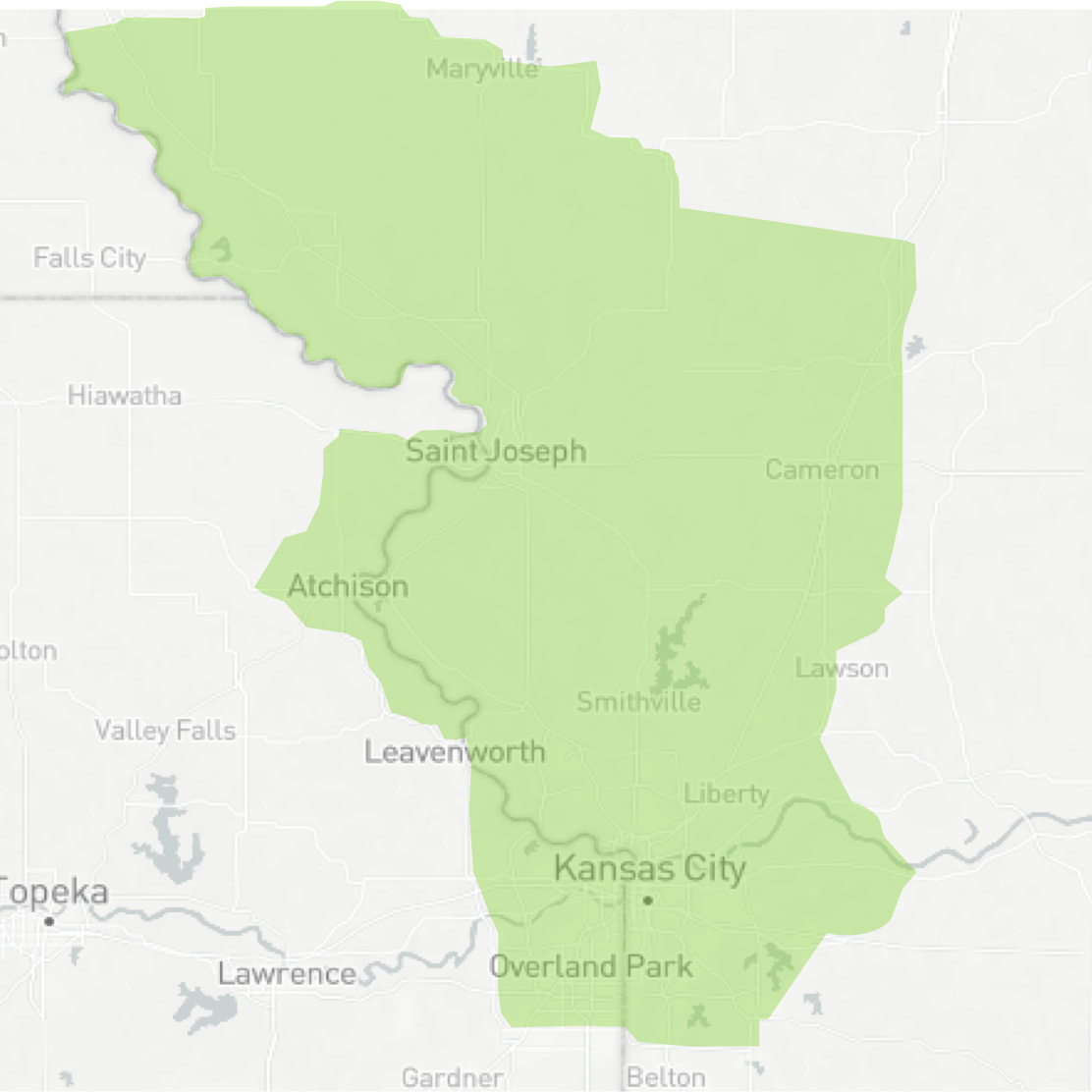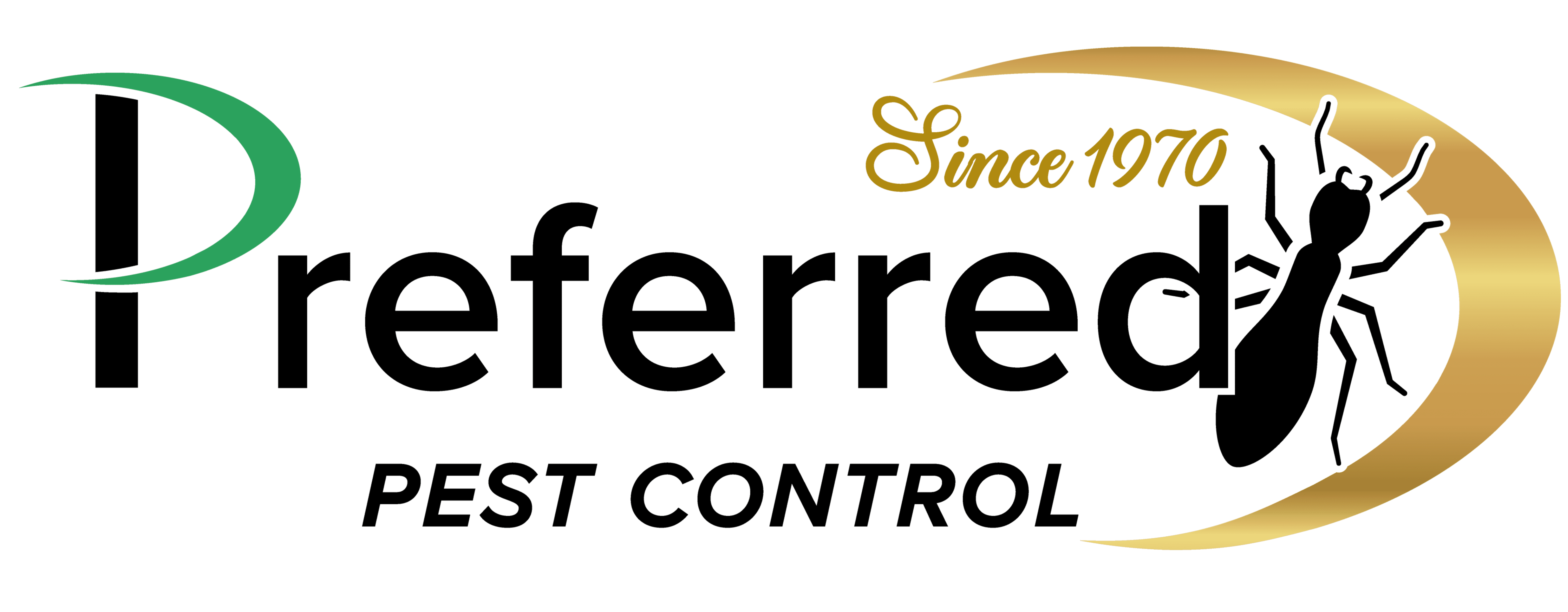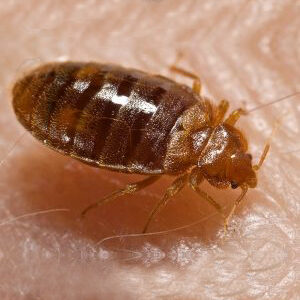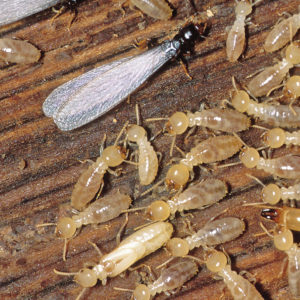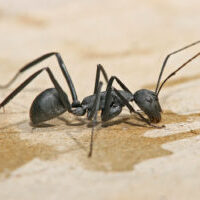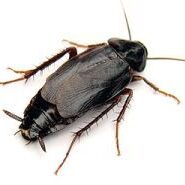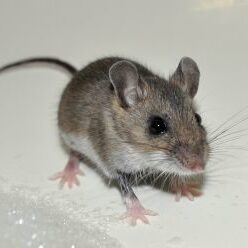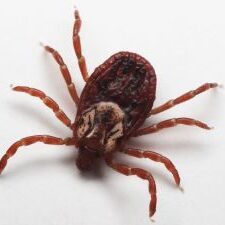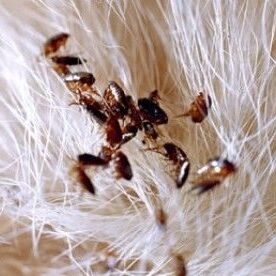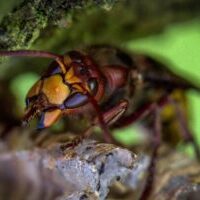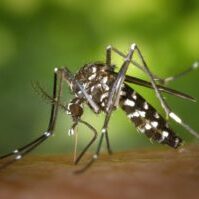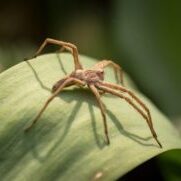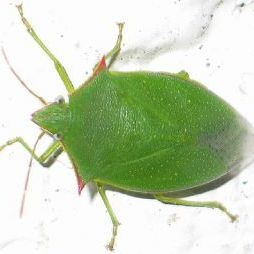
STINK BUGS
All adult stink bugs are shield-shaped. Green and Southern green stink bugs are bright green and measure 14.0 to 19.0 mm long. Brown stink bugs are dull brownish-yellow in color and 12.0 to 15.0 mm long. Life cycle: Egg – When first laid, the barrel-shaped eggs of the green stink bug are yellow to green, later turning dull pink to gray. Eggs of the Green stink bug measure 1.4 x 1.2 mm. The white, kettle-shaped eggs of the Brown stink bug are slightly smaller. The creamy, cylindrical eggs of the Southern green stink bug measure 1.0 by 0.75 mm and develop a pinkish hue before hatching.
Nymph – The nymphs of all three species are smaller than adults, but similar in shape. Green stink bug nymphs are predominantly black when small, but as they mature, they become green with orange and black markings. Nymphs of the Brown and Southern green species are light green. Southern green stink bug nymphs, however, have two series of white spots along their backs.
Stink bugs overwinter as adults and become active in spring when temperatures rise above 70 degrees F. Each female deposits up to several hundred eggs, usually in mid- or late June. These eggs are laid in clusters (averaging 36 eggs) primarily on leaves and stems but also on pods. Nymphs hatch from these eggs and pass through five instars before becoming adults. Approximately 5 weeks elapse between hatching and adult emergence. Up to 2 generations per year. In any case, stink bugs generally reach high population levels in late September or early October.
Distribution: Brown and Green stink bugs have been reported as far north as Canada. In the United States, however, they are more often detrimental in the South. The Southern green stink bug mostly occurs from Texas to the Atlantic coast and northward to Virginia. It is an important pest in the Gulf Coast states. In East coast states, however, the Green stink bug is the more predominant species.
Stink bugs feed on over 52 plants, including native and ornamental trees, shrubs, vines, weeds, and many cultivated crops. The preferred hosts are nearly all wild plants. Stink bugs build up on these hosts and move to soybeans late in the season as their preferred foods mature.
Damage and Defense: Stink bugs inflict mechanical injury to the seed as well as transmit the yeast-spot disease organism. The degree of damage caused by this pest depends to some extent on the developmental stage of the seed when it is pierced by the stink bug’s needle-like mouthparts. As their name implies, stink bugs emit an unpleasant odor and repel many predators.
EXPERTS IN PEST CONTROL SINCE 1970!
Enter your information or call
(816) 279-2000
By clicking “GET ESTIMATE” I authorize Preferred Pest Control to contact me at this number. I understand I am not required to make a purchase.
PREFERRED PEST CONTROL
At Preferred Pest Control & Home Inspections, we offer comprehensive indoor and outdoor pest extermination and treatment services to stop infestations at their source. Our qualified exterminators are equipped to inspect your home environment, identify the scope of the problem, and determine the best course of action to eliminate those unwanted pests.
And when you hire us, you’ll benefit from our:
-
Reasonable pest extermination rates.
-
Easy, convenient appointment scheduling.
-
Dedication to your safety and comfort.
If you think you might have a pest problem, don’t wait to get help. Call today for more information or to request an estimate.
As the leading pest extermination provider in NW Missouri and NE Kansas, we're equipped to handle any pest that may pop up and protect your property from future problems.
AREAS WE SERVICE
